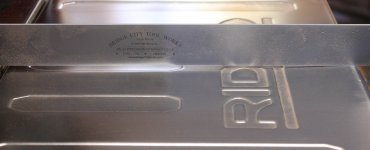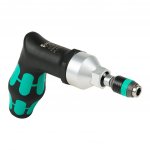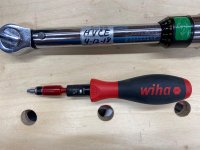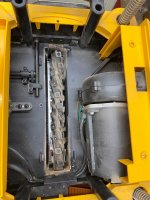mike_aa said:
Hi [member=44099]Cheese[/member] Thanks for the heads up on the inserts.
In another thread [member=37411]ear3[/member] recommended the Wera screwdriver type and that looks like a good choice, but I was wondering what other light duty torque wrenches would be good for occasional uses like this. Are there any that are recommended?
Hi [member=30413]mike_aa[/member] [smile] I will be contacting Byrd this weekend because I do think this may be a QA issue about carbide inserts being too brittle or becoming too crystaline over time. I read the [member=4518]Mike Goetzke[/member] report and he may be right, I don't know as aligning events with a time line that extends for several years is difficult. [smile] I'll report back on their response on this thread when I've received an answer. [smile]
As far as torque wrenches go, I purchased this Wiha specifically for this purpose. However, after torquing in several of the inserts, this is a solution for fewer than 10 inserts. After that it becomes ridiculous. Think of it as a small handled screwdriver, there is just so much leverage you can apply to drive the screw home before you give up in disgust. There is a reason that Wiha rates this driver as 50 in/lb max...and we're torquing the inserts at 45 in/lb...The Hulk likely wouldn't be able to put more torque into this than 50 in/lb. [big grin]
I'll post a photo tomorrow on my preferred method.
[attachimg=1]

![20200816_091256[1].jpg](/data/attachments/60/60465-d926d2f5120fba5a9ec1da17a1cc1aa2.jpg?hash=DDVnGMCJpV)
![20200816_111049[1].jpg](/data/attachments/60/60468-3f079e31eefec7d83da1e5425c65d725.jpg?hash=XJbDniEhLm)
![20200816_103620[1].jpg](/data/attachments/60/60471-66358b950ae9a99fe513df78d6dde334.jpg?hash=jDgnOfzkeP)



